Sports games are getting more complex every year. Recently, my brother asked me to explain how to play NBA 2K. After unsuccessfully trying to teach him the 8th post move while holding the L trigger, I gave up and told him to get a copy of NBA Live 98, which these days he can probably play on a mid-market calculator. Control schemes are becoming more cluttered. New gameplay mechanics are being shoveled into yearly titles. These mechanics are designed to complement all the modes that are expanded upon with new features, but with more moving parts comes a higher chance that these games will not function as intended. Bugs, half-baked modes and mechanics that have not been properly explained are the result. Gamers are left frustrated at times, the physical integrity of controllers are stress tested, and moderators on the Operation Sports forums go weeks without sleep.
The solution to this problem is not easy. Improved QA testing may help, but the yearly release format of sports games creates an urgency to push through additions, often late in the crunch period. A cap on innovative ideas that require careful design cannot be seriously considered, and splitting up titles into offline and online versions — or “Ultimate MyTeam” and the non-monetized offline modes — will only succeed in diluting the sports gaming market.
The best solution may be for these companies to employ active and informed community managers to fix the smoldering disconnect between development teams and their customer base. A possible model for this new approach would be each game having a manager for each of its primary modes (the monetized mode, franchise, career, competitive online) and for general points of contention within the game (gameplay mechanics, art direction). But employing six-plus new managers for each game is economically unrealistic. Allocating a set number of hours per week for an existing developer to engage with the community seems a workable compromise. Yes, this is an acknowledgement that communication of shortcomings may be a more workable option than limiting the innovative instincts of developers. And yes, some of our games have tried using community managers, but none have been truly successful to me over a sustained period of time.
What would this engagement look like? There are numerous ways a community manager can engage with the community, but underpinning whatever method the developers use are three core principles. Firstly, the conversation must be relevant. We want to hear about issues that are important to us, not marketing lingo. Secondly, it must be interactive. There has to be two-way feedback where the community sees its questions are recognized. The only thing worse than our 7th wide receiver having the wrong colored wrist band is not having a developer respond to our 16th tweet on the topic. The third principle is regularity. Engagement can’t be random tweets from bizarre accounts. Community management needs to come from a verified source at regular known intervals. It can be from an official twitter account that commits to engaging with the community daily, or a weekly YouTube or Twitch broadcast that answers questions in real time. It could even be even more granular at times with something like a weekly thread on Operation Sports that may discuss an issue of the week and how the development team is tracking. These are all options. The best may be a combination of all, or a method entirely different.
What are the benefits? Much of the angst from the sports gaming community originates from a lack of information. I identify as a very casual Madden and NHL gamer. The stifling “robo QB” in Madden and lack of team and player differentiation in NHL will prevent me from playing these games more. A community manager able to explain why these games have fallen short in some areas would show an empathy that creates goodwill. I’d certainly look into them again. The mere acknowledgment that the development team knows about an issue will throw cold water over some of the resentment that can ruin the prospect of meaningful engagement. And we’ve all found bugs that turned out to not be bugs. Instead, they were just parts of the game we did not understand. Who’s got time to read control manuals. Do they even still come with the games? A community manager explaining that new mode, or new feature will help create a more informed, and ultimately, more contented community.
The model for an effective community manager already exists, and it belongs to NBA 2K. And no, it’s not Ronnie2K; he’s a marketer whose role is to generate publicity and sell games (and he seems to be good at it). Regardless, Da Czar ticks the boxes of an effective community manager. He listens and responds thoughtfully. It’s probably no coincidence he’s like this either as he has been on both sides of the divide; as a fan with unlimited expectations and a developer with limited resources. He takes times to teach the 2K community about parts of the game. He has organised a weekly broadcast to address feedback about the game. Well, that and to systematically eviscerate Mike D’Antoni. His honesty has created a rapport with the simulation part of the 2K community. He admits to failure, or to not having a working solution to a longstanding problem. On a recent broadcast, he addressed community discontent about the lack of fouls in the game by explaining that increasing their frequency would slow the game down for the majority of users. We may not have liked the reason, but his honesty was a sign of respect that buys goodwill.
However, he is a developer, not a community manager. His show and tutorial videos are done on his and his producer’s own time. A concerted effort by sports game companies to develop effective community managers who can listen, respond and teach will create informed communities that will make our games better.


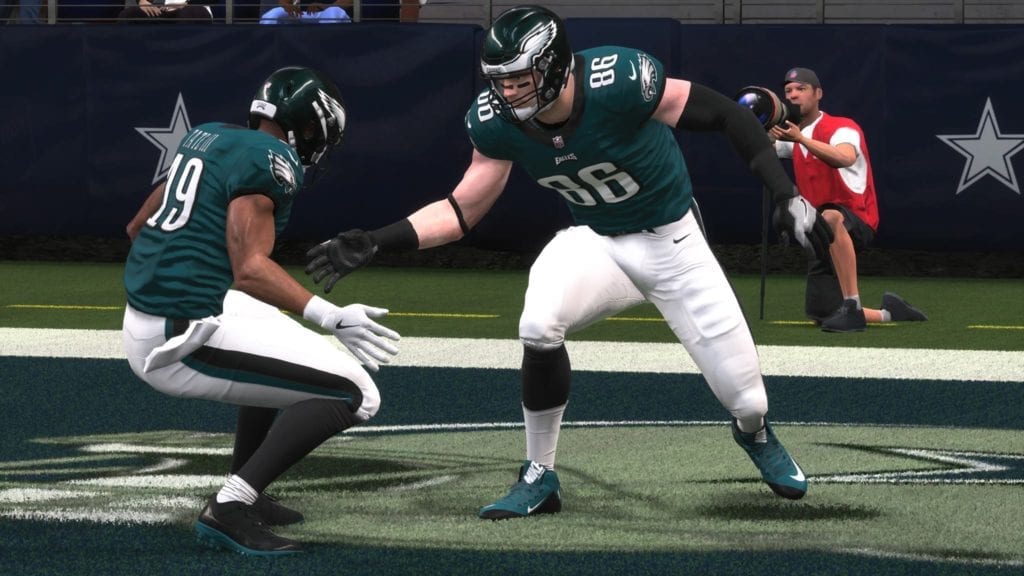
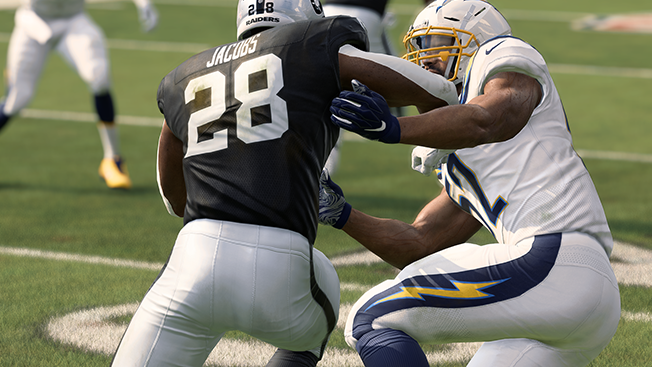
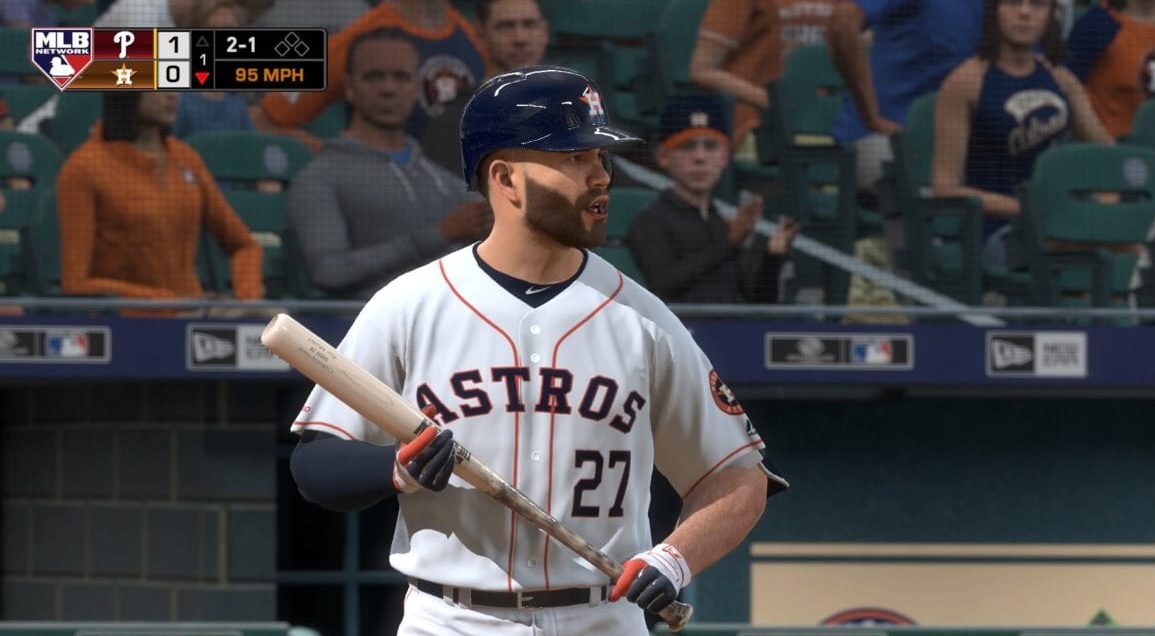
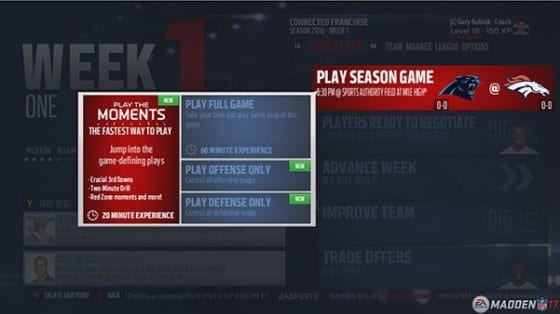
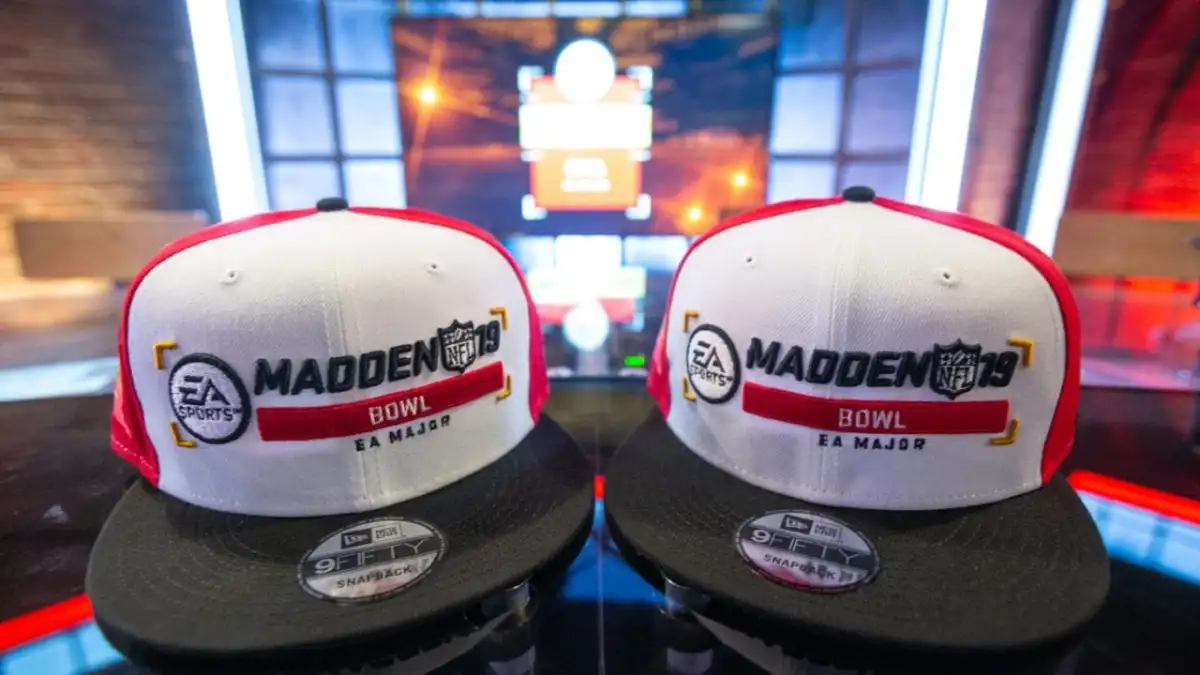
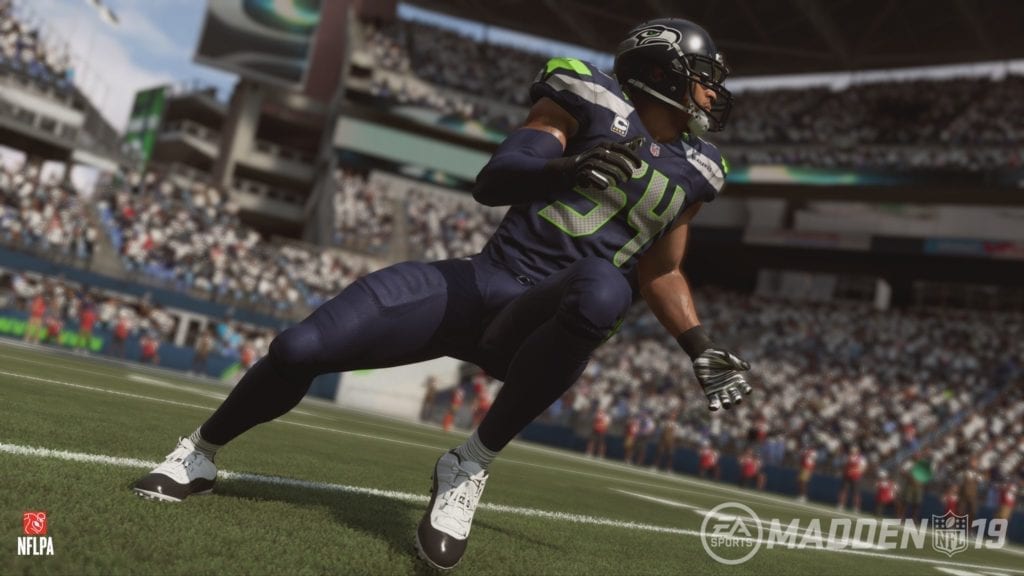
Published: Dec 17, 2018 08:00 am